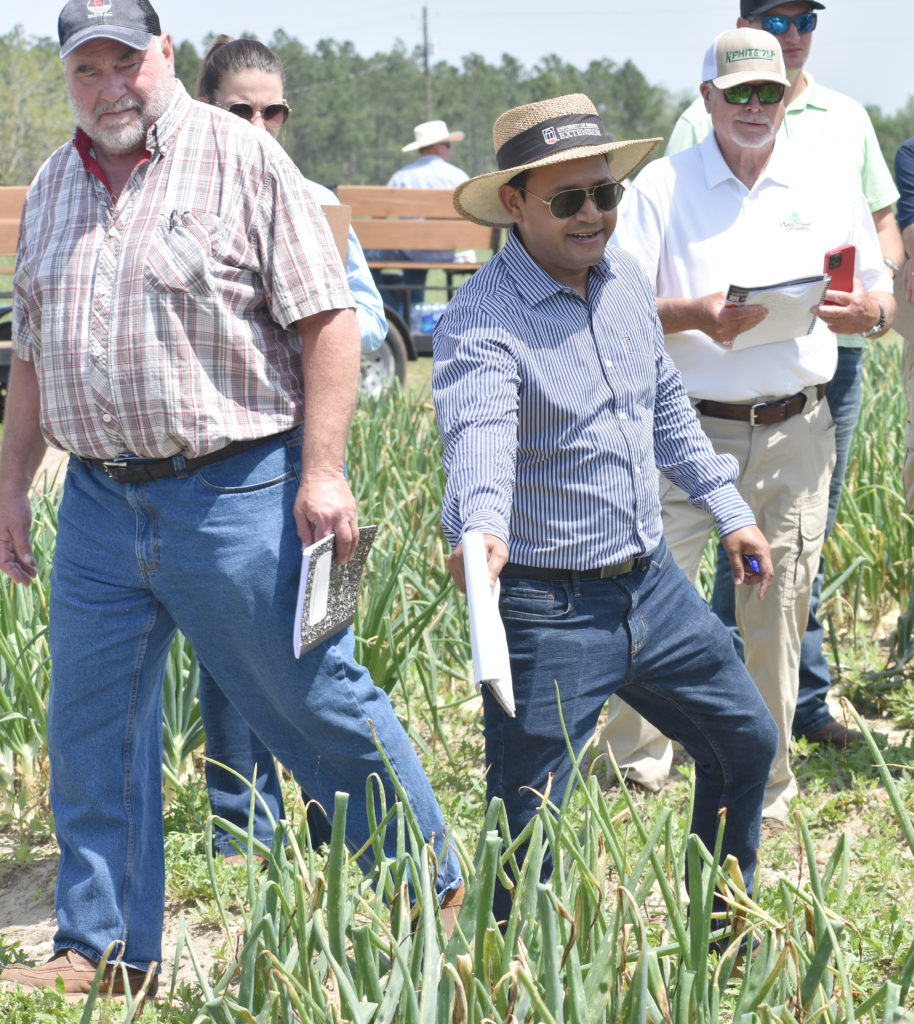University of Georgia Extension vegetable pathologist Bhabesh Dutta has led an international team of researchers that have identified a gene cluster in two Pantoea species that produce a phosphonate compound to kill onions.

This is a major breakthrough for the onion industry and should pave the way for scientists to breed onions against phosphonate compounds, which are associated with bacterial rots that can affect an onion crop during the pre-harvest and post-harvest periods.
The discovery will aid diagnosticians to design assays that can differentiate Pantoea species that can produce these phonsphonate compounds versus those that can’t. It will help farmers in making informed decisions if the Pantoea recovered from an onion field are pathogenic or not.
“Current efforts are under way to determine how this gene cluster is regulated and what the phosphonate compound is targeting in onion plants,” Dutta said. “Nevertheless, this new discovery will initiate numerous other basic and applied work that will eventually help in fighting this important disease.”

Bacterial diseases are the main cause for economic losses due to biotic factors in onions worldwide. There are at least 21 different bacterial genera and species associated with onion diseases, which often lead to foliar blights and bulb rots. Pantoea is one of the more prominent bacterial genera associated with bacterial rots. It causes foliar blight and center rot in onions.
Funding
Funding was provided by the National Institute of General Medical Sciences grant number R01 GM127659, National Institute of Food and Agriculture grant number 2019-51181-30013 tel:2019-51181-30013.









